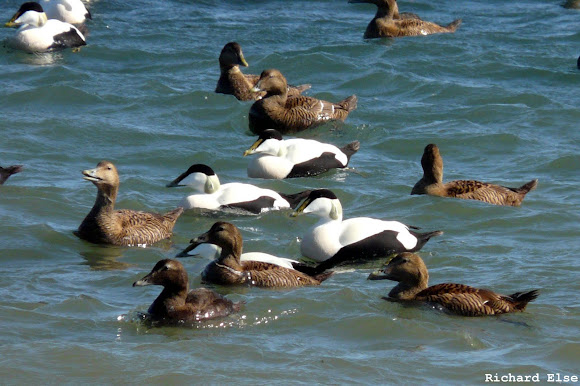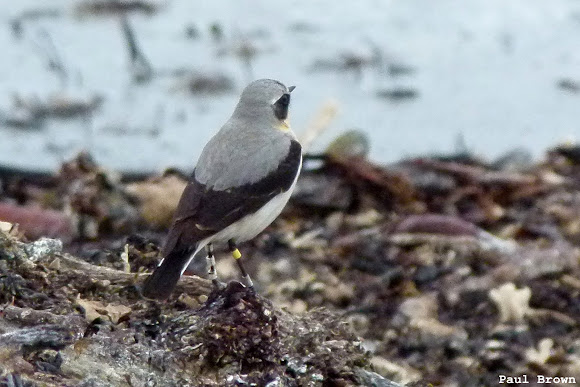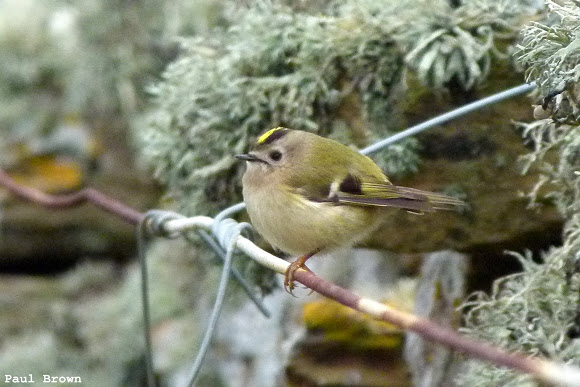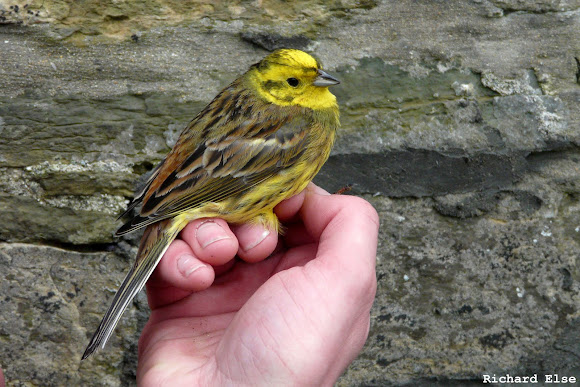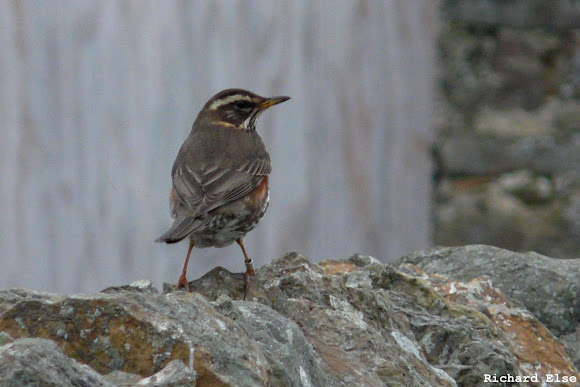An immature White-tailed Eagle, the highlight of the day and the most spectacular bird of the year so far, arrived late in the afternoon and settled for a while on the golf course. Excellent views were obtained as it was mobbed by the local gulls, Lapwings and corvids, allowing the colour-rings on its legs to be read. With luck, we should soon be able to find out where it was ringed; the absence of wing-tags suggests that it has come from the continent.
A Tree Sparrow seen briefly near the lighthouse was an unexpected species: although they were more frequent in the past, it has been nearly three years since the last record. Other notable sightings included 2 Tree Pipits and a Goldfinch; and the Pied Flycatcher, Great Tit and Lesser Whitethroat all remained from the previous day.
Counts of other migrants came to 3 Grey Herons, 4 Sparrowhawks, a Whimbrel, 5 Woodpigeons, 5 Collared Doves, 14 Sand Martins, 20 Swallows, 5 White Wagtails, 2 Dunnocks, 140 Wheatears, 1 Ring Ouzel, 1 Fieldfare, 1 Redwing, 5 Blackcaps, 7 Chiffchaffs, 8 Willow Warblers, 10 Rooks, 9 Carrion Crows, 1 Chaffinch and 3 Bramblings; and 25 Lapland Buntings were still present.
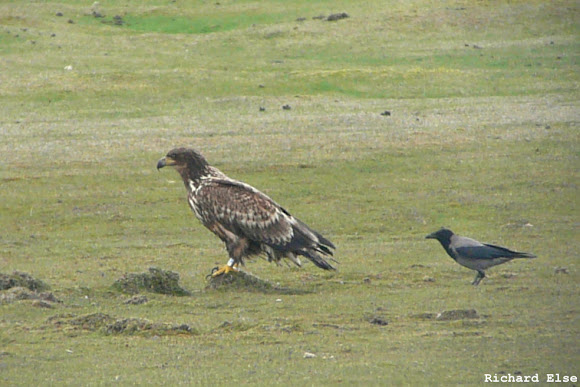
White-tailed Eagle

The Great Tit was trapped at Holland in the morning. It was identified as an adult female.
Yesterday's male Pied Flycatcher was still hiding in the sheep punds near Nether Linnay.
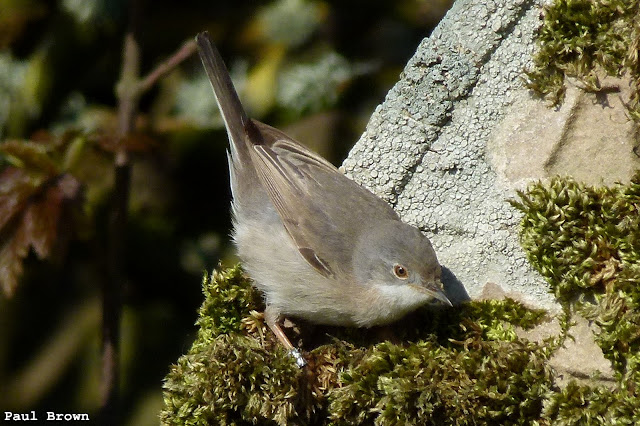

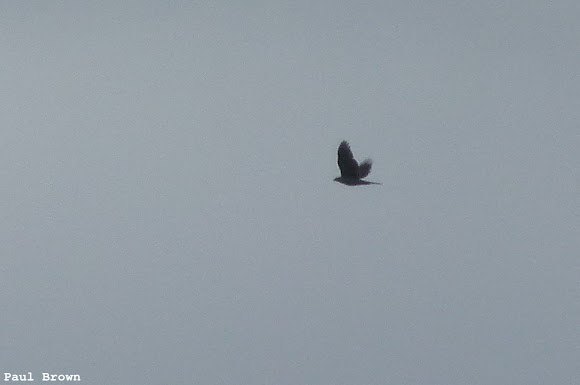

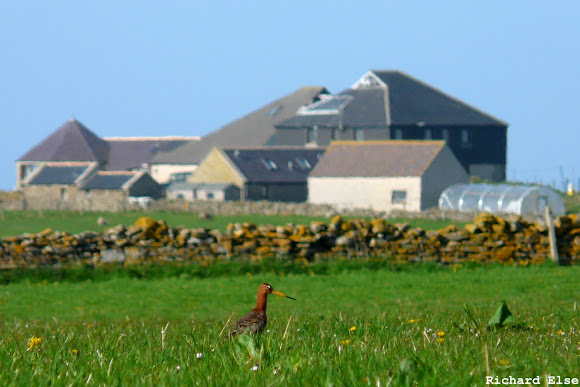





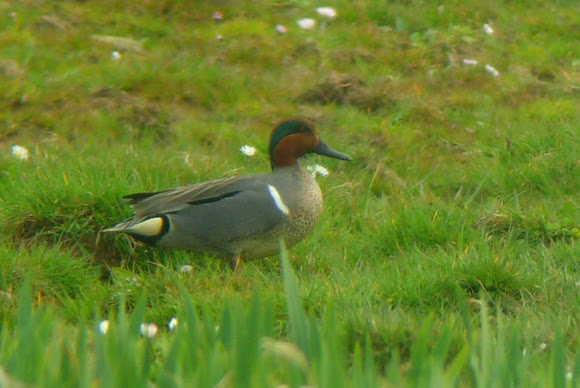


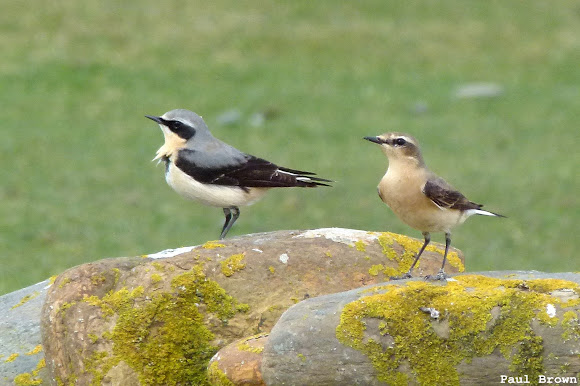

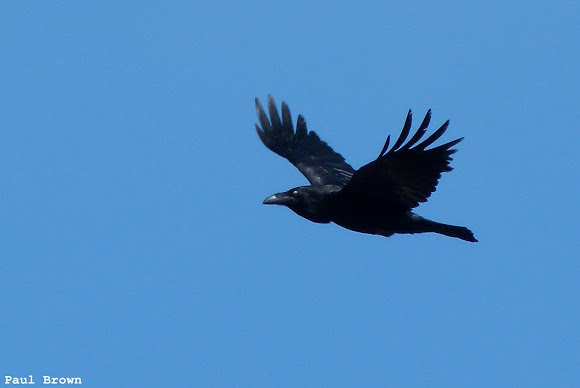

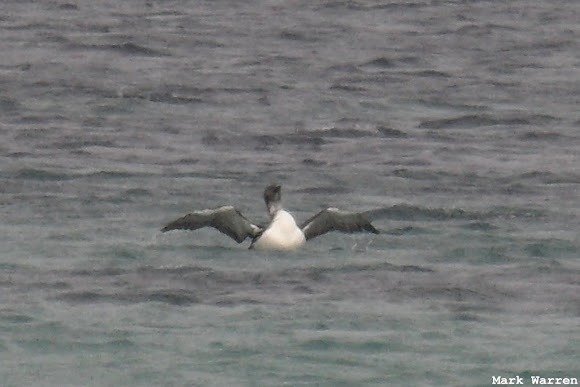

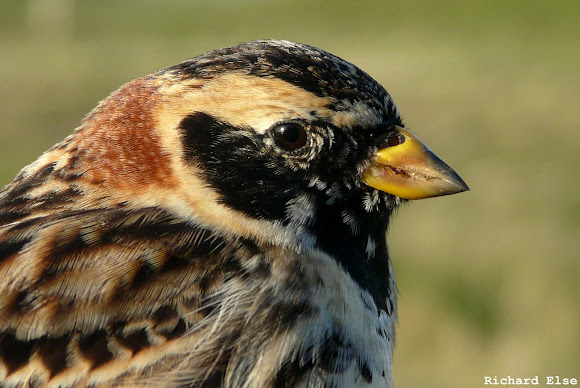
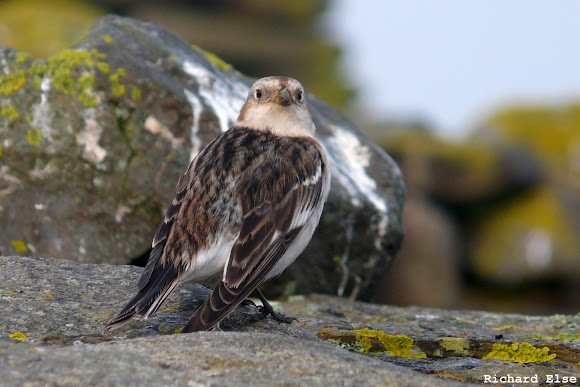


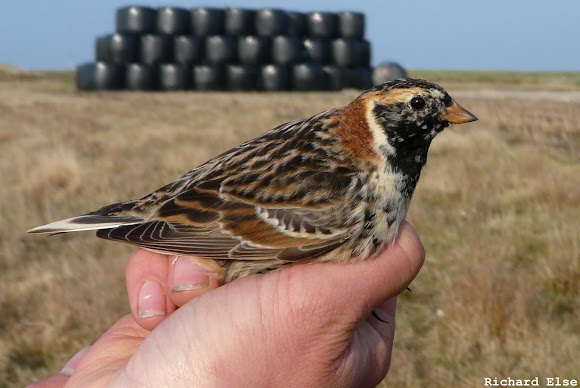


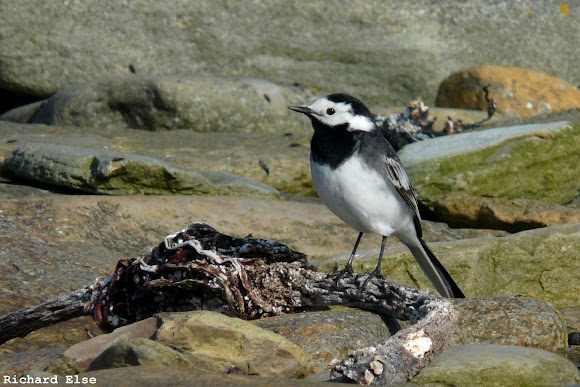
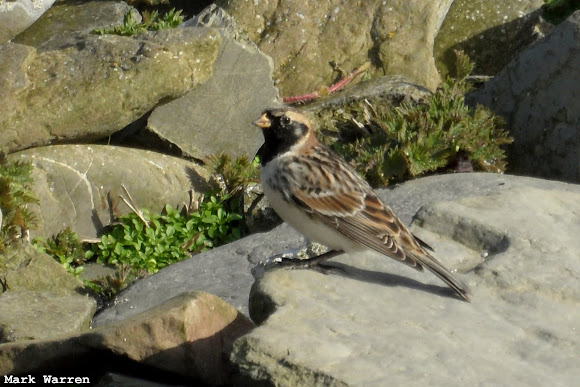
 A small number of
A small number of  Numbers of
Numbers of 